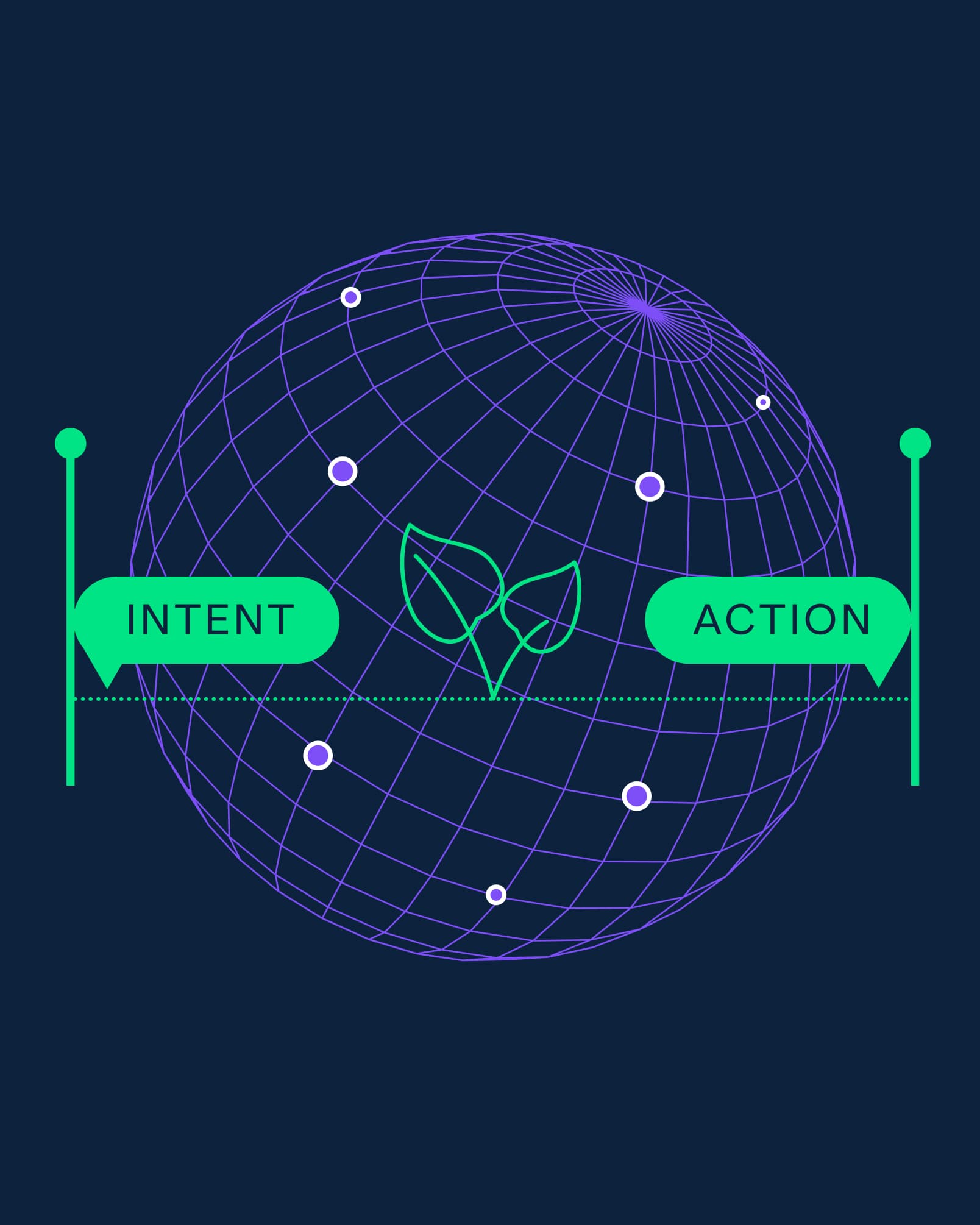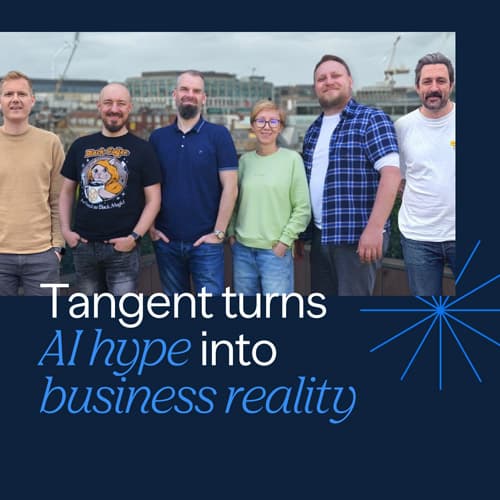
Empty words aren’t enough when it comes to carbon output, says Leigh Gammons of Tangent. And this applies as much to your online activities as those in the real world.
The digital world has come a long way. Progressing from the desktop-computer era through to today’s sleek mobile experience, we’ve grown accustomed to instant gratification, 24/7 connectivity, and an ever-expanding digital economy.
But as our digital ecosystems flourish, so can their side effects. One of the most prominent is the impact on the planet, which is something many businesses are only now beginning to tackle.
Corporations and consumers alike, within and away from the digital sphere, often struggle to reconcile their business goals with environmental responsibility. A similar challenge exists in the digital space, but with a far quieter, less visible impact: the carbon cost of the digital products we create, manage, and rely on every day.
Each search, click, and stream leaves behind a trace, and when you scale that up to millions, even billions, of users and devices, the environmental impact is staggering.
Put simply, this digital sustainability gap refers to the disconnect between the growing recognition of sustainability as a business imperative and the relatively slow pace of change within digital ecosystems.
The barriers
In our recent survey of business leaders and digital experts across the UK, a massive 87% of respondents acknowledged that sustainability is important to their business. Even more promisingly, 82% said their customers care about sustainability too. So far, so good.
But here’s the drawback: only 51% of those businesses reported having a fully developed and implemented digital sustainability roadmap for the next 3–5 years. And when it comes to placing digital sustainability at the top of the corporate agenda, just 46% consider it an “extremely high priority”. The gap between intention and action is clear, and it’s costing us time and progress.
According to our insights, 90% of leaders reported facing at least one barrier to progress in digital sustainability. Unsurprisingly, the top issue is cost, with 62% citing high expenses or limited budgets as the main hurdle. That leaves only 10% of leaders saying they’re able to make positive changes – too small a number.
Implementing digital sustainability requires consideration around how we approach everything from AI adoption through to design and web practices and management of CMS platforms and mar-tech stacks. We’re not saying it’s quick and easy, and it seems our respondents would agree.
Though digital sustainability isn’t just a point-and-click exercise, it’s almost always worth the effort. Those surveyed who have embraced sustainability are already reaping the rewards, with 88% reporting improved brand reputation, 73% enjoying a noticeable competitive advantage, and 63% citing increased customer loyalty.
These aren’t just feel-good statistics; they’re a business case.
Way ahead
There is no silver bullet when it comes to improving digital sustainability. In essence, until the time comes when digital real estate does not produce carbon, we will always be contributing – but some steps can be taken to reduce and correct unnecessary production before it’s too late.
Firstly, it’s important to build a real, long-term roadmap: Only half of businesses have a long-term digital roadmap in place, which is cause for alarm. A comprehensive plan should focus on reducing carbon emissions across the entire digital ecosystem, from martech downsizing to using renewable hosting and greener tech and design choices. You can’t hit a target you haven’t set.
Be sure to embrace AI with sustainability in mind. The industry must tread carefully, balancing the exponential adoption of AI with thorough scrutiny to mitigate potential negative outcomes. It speaks volumes that many of those surveyed believed AI could be part of the solution. A strategic approach where AI is leveraged thoughtfully to bridge the sustainability gap rather than widening it is key.
Invest in greener tech. Embrace composable and headless CMS solutions as opposed to traditional or monolithic systems, which are generally viewed as energy hogs. These platforms generally allow for efficient scaling and flexibility, all while reducing energy consumption.
Also, streamline your tech stack. We found that 12% of businesses use 16 or more martech tools, and 15% don’t even know how many tools they’re subscribed to. Bloated tech stacks are resource drains, not just environmentally.
The future is green – but only if we act now. It’s not enough to say we care about sustainability, and customers seem to have twigged this too. As the saying goes: “The best time to plant a tree was 20 years ago. The second-best time is now.”
So, let’s build a greener digital future, one click at a time.
This article originally featured on The Drum and is available here.



















